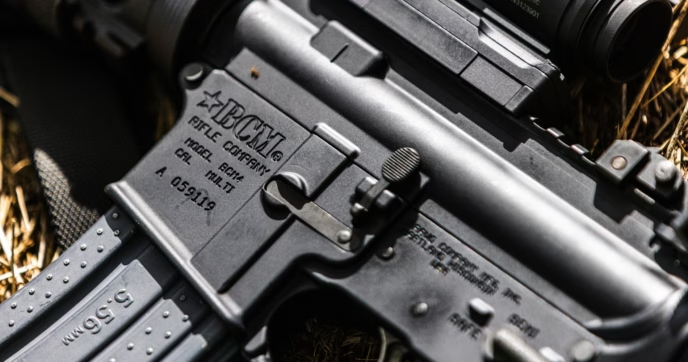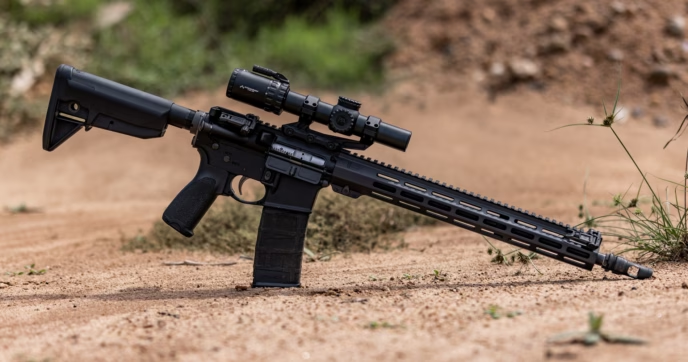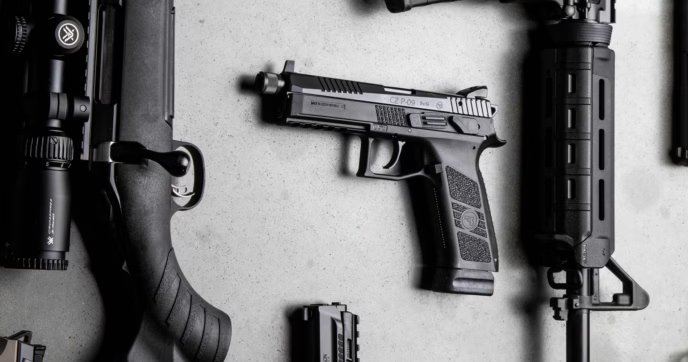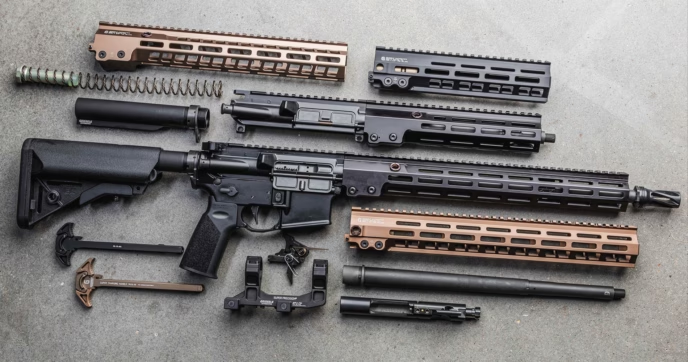There’s not much point in having sights on your gun if your shots don’t land where they’re pointed. After all, the entire function of iron sights is to precisely align your firearm with the target; if they can’t do that, they might as well not even be there.
In most cases, pistol sights come pretty well aligned from the factory. But, if you ever want to change your sights out for a different height or configuration, such as tritium night sights, you might find that they need a bit of adjustment after installation. Luckily, adjusting pistol iron sights is not a difficult process—so long as you know how to do it.
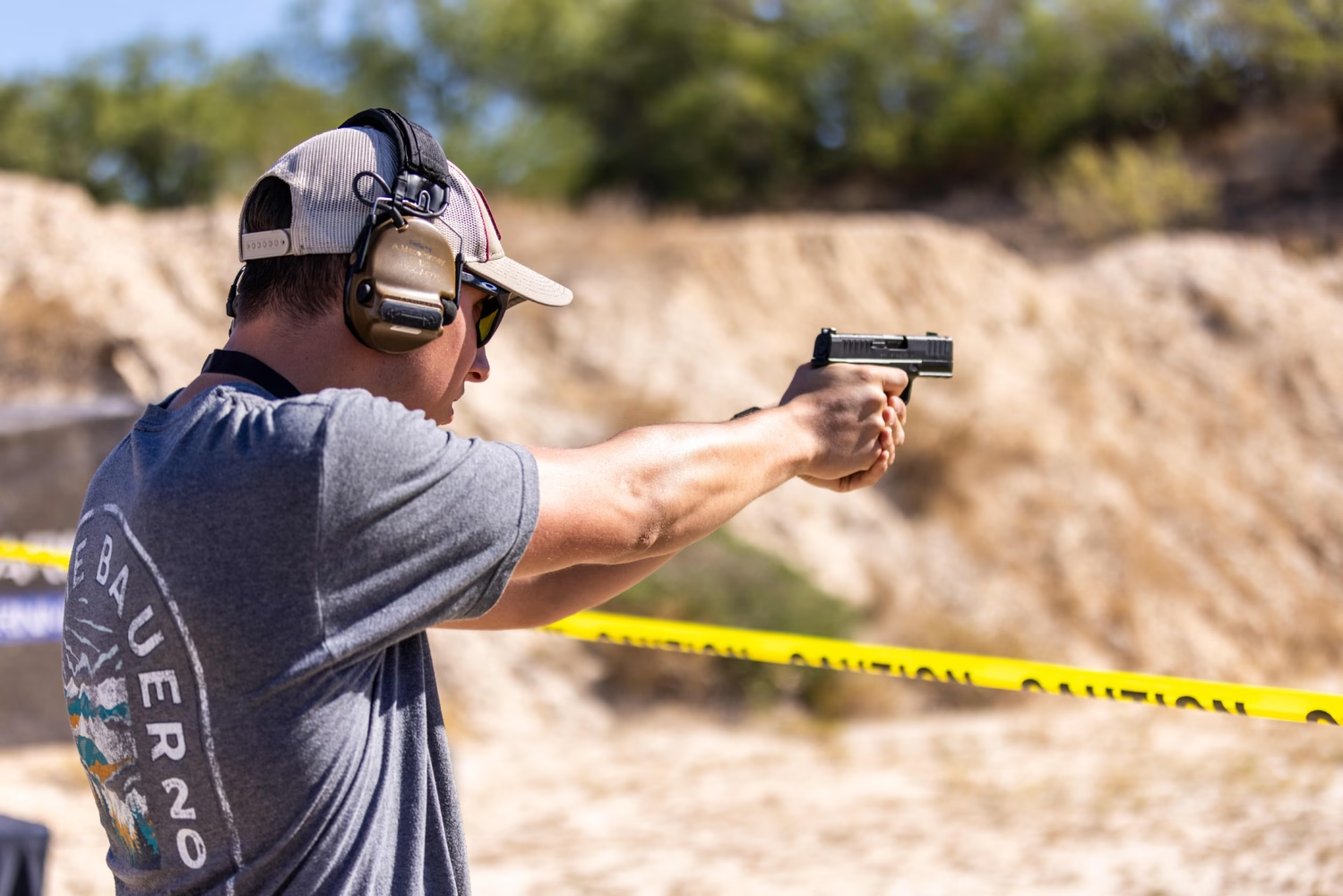
Windage and Elevation
There are two directions in which your point of impact must be trued in order to match your point of aim. Horizontally, known as windage, which is the adjustment of the impact from either left or right of your point of aim, and elevation, which affects your point of impact landing either high or low of your point of aim.
Elevation is not commonly adjustable with most standard 9mm pistol sights. Certain sights, often called target sights, utilize a spring-loaded design in the rear sight to allow for the height of the sight to be adjusted, thereby adjusting the alignment of the sights and the point of impact. Some models of Glock sights even allow for windage to be adjusted via a simple screw mechanism in the rear sight, much like a rifle sight.
Most pistol sights, though—particularly those on carry guns like a micro-compact 9mm—are fixed, with the elevation predetermined by the height of the front and rear sights. So long as you buy appropriate sights for your pistol, you should never need to adjust the elevation.
Windage, on the other hand, requires adjusting fairly commonly. Situating your rear sight in the precise middle of your slide—using a set of calipers to measure the distance to each edge, ideally—will typically get you close, but some fine-tuning is often needed. For that, a sight pusher is the ideal tool, as it will allow you to make fine adjustments to your sights with minimal risk of marring to the slide.
If you don’t have a pistol sight pusher, though, a hammer and non-marring punch can also be used, although the process may be somewhat more tedious and frustrating, as a hammer is a considerably less precise tool.
The Windage Rule
The Windage Rule is a simple adage that makes adjusting pistol sights, or similar rifle sights, blessedly easy: simply move your rear sight in the opposite direction of your point of impact.
So, if your shots are landing to the left of the bullseye, drift your rear sight to the right. If your shots are landing to the right, drift your rear sight to the left. It really is that simple.
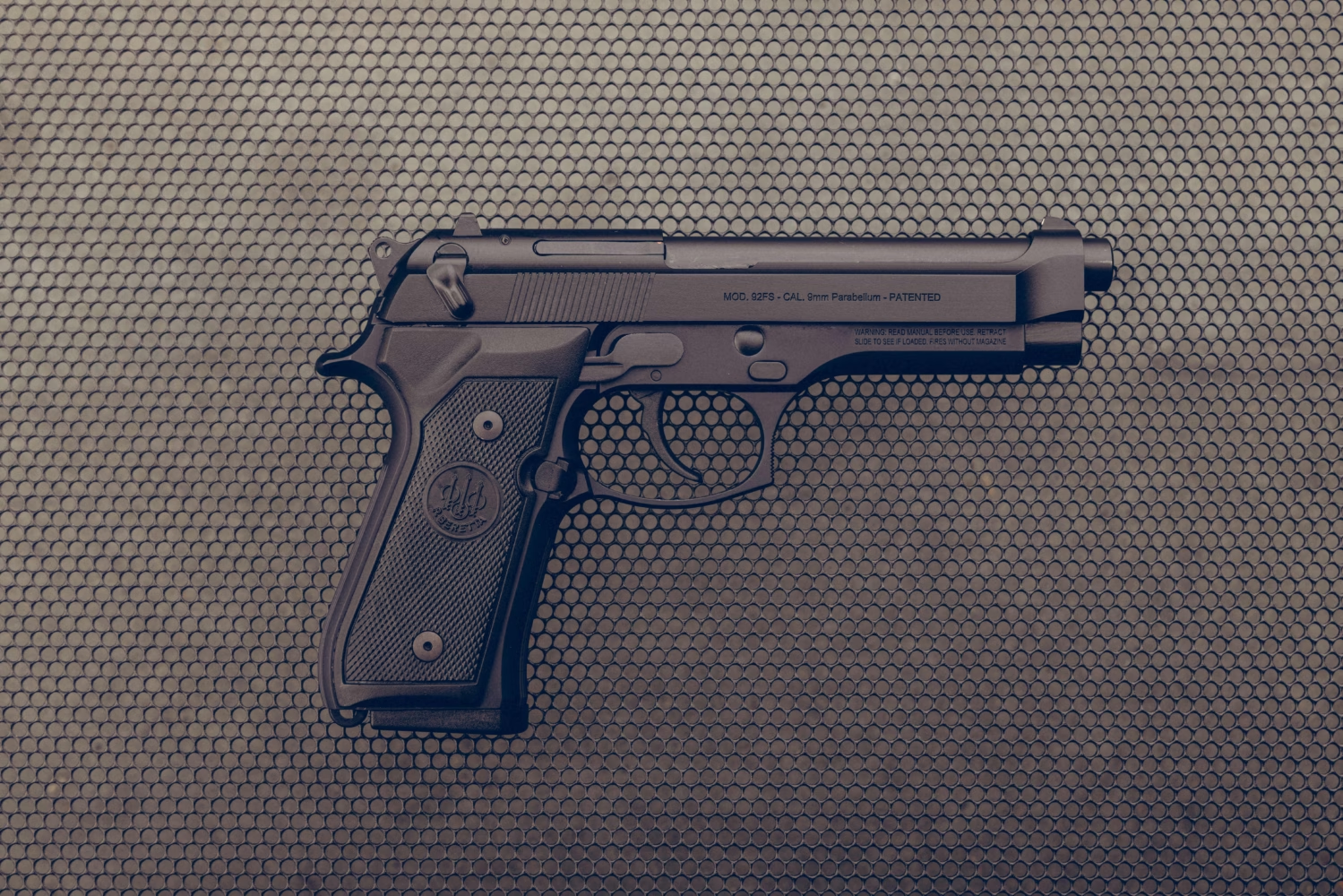
Zeroing Your Pistol
Of course, the whole process of zeroing your pistol’s iron sights is a bit more complicated than that. Below, we’re here to walk you through the whole process.
Required Equipment
At an absolute minimum, you will need a small handful of items to be able to zero your pistol. The first is the pistol itself, obviously, as well as the necessary accessories for a safe range day—ear and eye protection, targets, some means of affixing them to a backer, etc. If you don’t have a range bag already set up with this gear, we highly recommend taking a quick look at our Guide to Range Bag Essentials.
Additionally, you’ll also need one of the aforementioned tools to adjust your sight, whether a sight pusher or a hammer and punch.
Recommended Equipment
While these items aren’t strictly required, we do recommend them very highly for a seamless and pain-free zeroing experience.
Firstly, either a tape measure or ruler. While you can certainly complete the procedure just by eyeballing the distances and adjusting the rear sight by feel until it’s aligned, it’s much faster to actually measure your group to see how far off it is from your point of aim and adjust precisely. A tape measure or ruler allows you to do that, although some targets also have precise grids that perform a similar function.
A permanent marker also comes in handy for marking the center of your groups for measurement or indicating which holes are from past groups. Circling your bullet holes in permanent marker ensures you also know which ones were left by your most recent group, which can save you a bit of headache if your groups are overlapping and help you squeeze a bit more mileage out of your target.
Lastly, while a pistol rest is not strictly required, we really can’t recommend one heavily enough. Even full-size handguns are challenging to shoot with flawless precision; unless you are a perfect marksman and have absolute confidence in your ability to print multiple groups without pulling a shot, a pistol rest is a must-have.
It needn’t be anything fancy or sophisticated—even the rear bag from a set of rifle sandbags will do. All you need is a stable platform on which to rest the handgun in order to remove as much human error as possible from the procedure to achieve a true mechanical zero.
Zeroing Procedure
Zeroing a pistol is not all that different from zeroing a rifle. After setting up your target at an appropriate distance—if you’re not sure at what distance to zero a pistol, anywhere from 15-25 yards is fine—stabilize your pistol in a rest or as best you can in a secure firing stance and acquire a perfect post-and-notch sight picture.
Fire a minimum of five shots at the target. While rifle zeroing is often down with smaller groups, the greater difficulty of precise handgun marksmanship means that you’ll get better results by using a larger group to better account for flyers and outliers.
The more shots you fire in a group, the more precise your estimation of the center can be, so up to ten shots can be fired per group for optimum precision.
Then, measure the distance of your group from your point of aim and drift your rear sight accordingly, moving the sight to the left if your shots are landing to the right, and vice versa according to the windage rule.
After adjusting, fire another group of 5-10 rounds. Examine the resulting group to see if it aligns with your point of aim. If not, repeat the zeroing and adjusting process until your point of aim and point of impact are in sync.
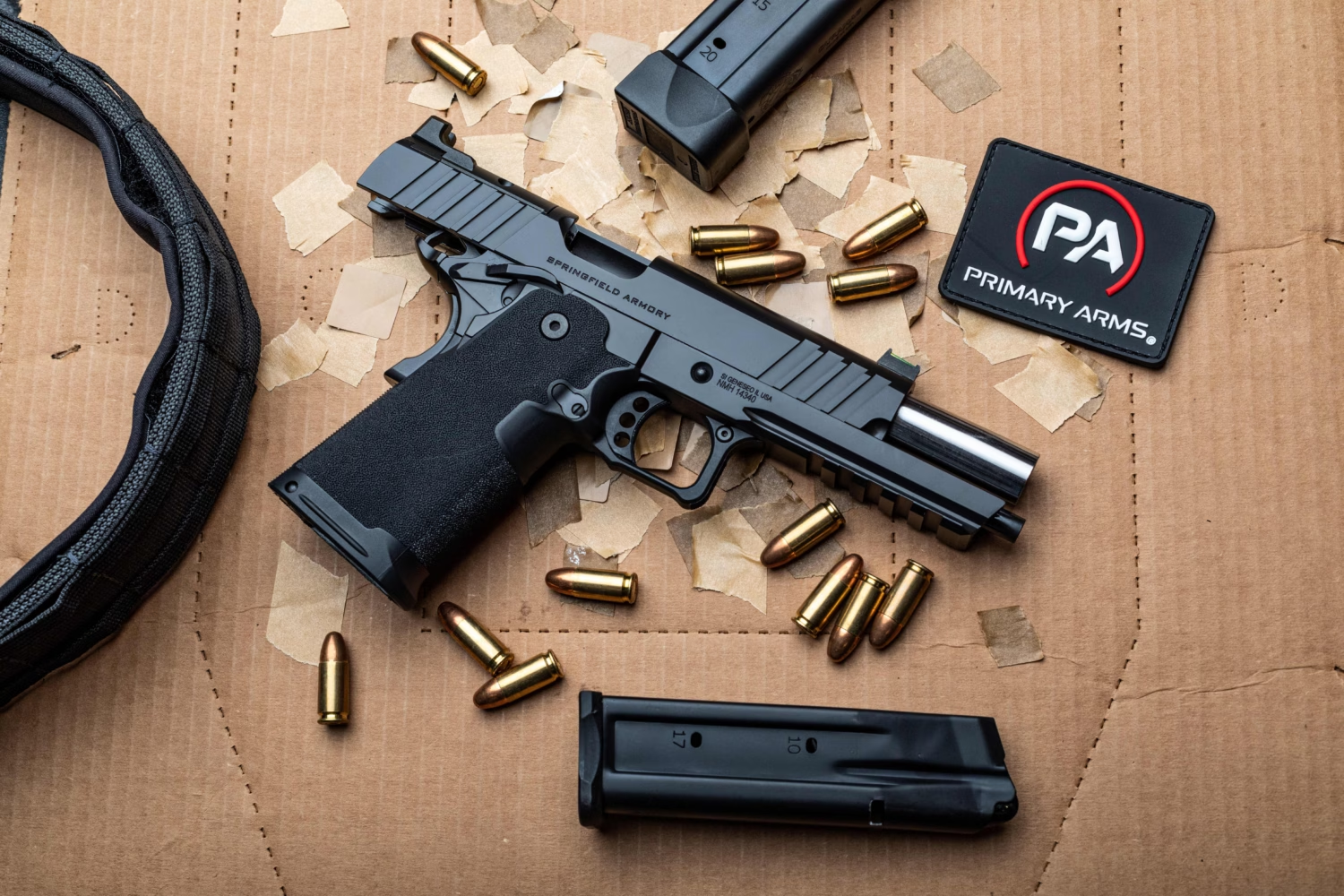
Conclusion
Zeroing your pistol’s iron sights is not a difficult task, it only takes a bit of know-how. Now equipped with an understanding of the process and the knowledge of how to adjust your sights, you’ll have your pistol zeroed and ready for action in no time.
